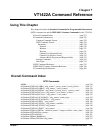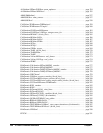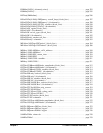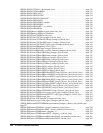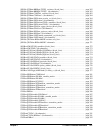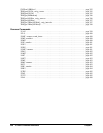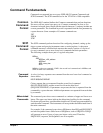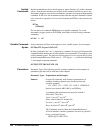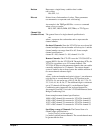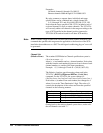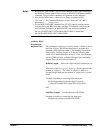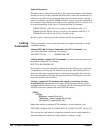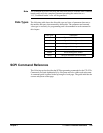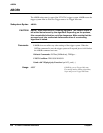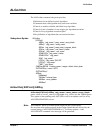
230 VT1422A Command Reference Chapter 7
Implied
Commands
Implied commands are those which appear in square brackets ([]) in the command
syntax. (Note that the brackets are not part of the command and are not sent to the
instrument.) Suppose a second level command is sent but is not sent preceding implied
command. In this case, the instrument assumes that the implied command is intend
to be used and it responds as if it was sent. Examine the INITiate subsystem shown
below:
INITiate
[:IMMediate]
The second level command :IMMediate is an implied command. To set the
instrument's trigger system to INIT:IMM, send either of the following command
statements:
INIT:IMM or INIT
Variable Command
Syntax
Some commands will have what appears to be a variable syntax. As an example:
OUTPut:TTLTrg<n>:STATe ON
In these commands, the "<n>" is replaced by a number. No space is left between the
command and the number because the number is not a parameter. The number is part
of the command syntax. The purpose of this notation is to save a great deal of space
in the Command Reference. In the case of …TTLTrg<n>…, n can be from 0 through
7. An example command statement:
OUTPUT:TTLTRG2:STATE ON
Parameters Parameter Types. The following section contains explanations and examples of
parameter types that will be seen later in this chapter.
Parameter Types Explanations and Examples
Numeric Accepts all commonly used decimal representations of
numbers including optional signs, decimal points and
scientific notation:
123, 123E2, -123, -1.23E2, .123, 1.23E-2, 1.23000E-01.
Special cases include MIN, MAX, and INFinity.
A parameter that represents units may also include a
units suffix. These are:
Volts: V, mv=10
-3
, uv=10
-6
Ohms: ohm, kohm=10
3
, mohm=10
6
Seconds: s, ms=10
-3
, usec=10
-6
Hertz: hz, khz=10
3
, mhz=10
6
, ghz=10
9
The Comments section within the Command Reference
will state whether a numeric parameter can also be specified
in hex, octal and/or binary;
#H7B, #Q173, #B1111011




